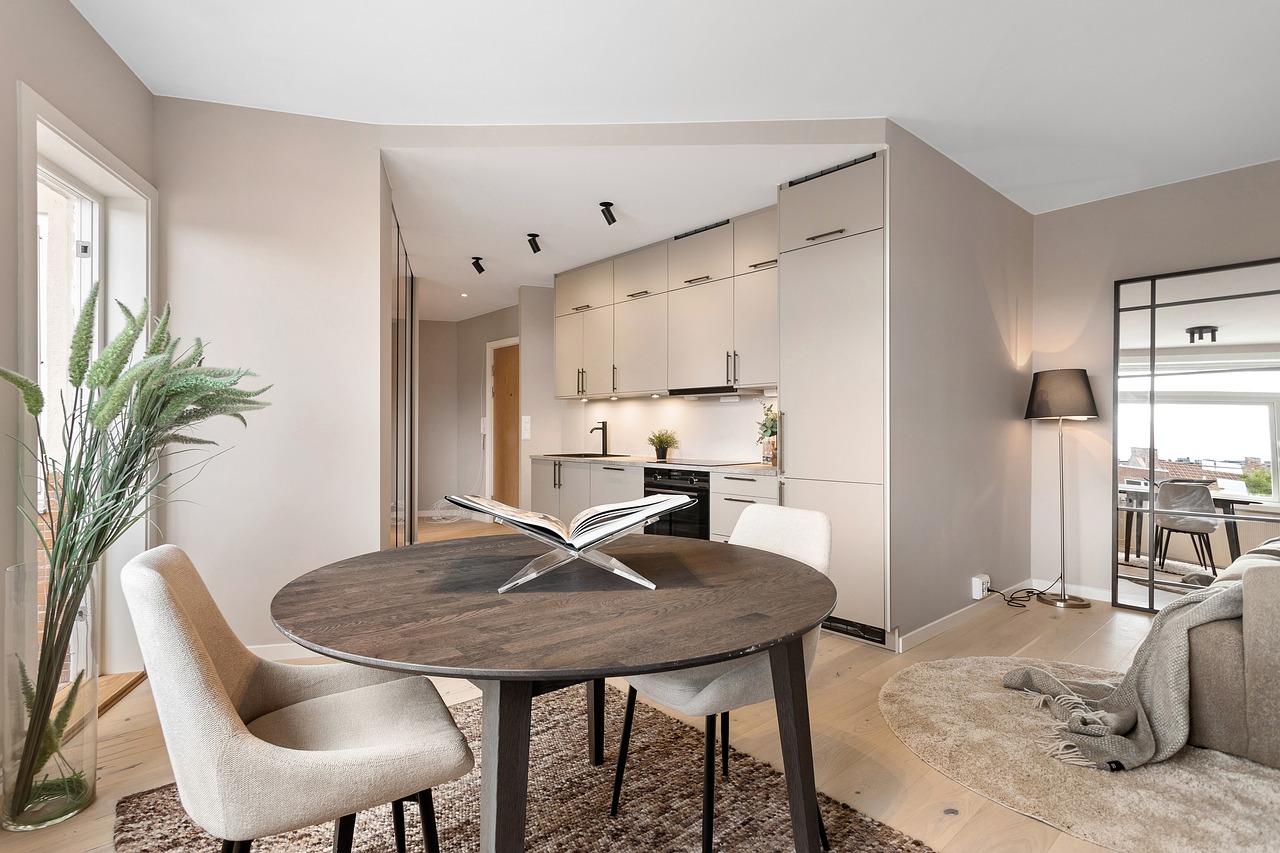The Future of Appliance Design in Co-Living Spaces: 11xplay reddy login password, Tigerexch247, Betbook 1
11xplay reddy login password, tigerexch247, betbook 1: Co-living spaces are becoming increasingly popular, especially among young professionals and students who value convenience, community, and affordability. These shared living arrangements typically involve renting a furnished room in a communal living environment with shared amenities like kitchens, bathrooms, and living areas. As the demand for co-living spaces continues to grow, designers and manufacturers are reimagining appliance design to meet the unique needs of residents in these shared living environments.
Efficiency and Space-Saving
One of the key considerations in appliance design for co-living spaces is efficiency and space-saving. With limited space available in shared living quarters, appliances need to be compact yet still functional. Designers are incorporating innovative features like stackable washers and dryers, compact dishwashers, and small refrigerators with built-in storage solutions to maximize space utilization without sacrificing performance.
Multi-Functionality
Appliances that serve multiple functions are also gaining popularity in co-living spaces. For example, a microwave convection oven can act as both a microwave and an oven, saving valuable counter space. Similarly, a combination washer-dryer unit eliminates the need for separate appliances and frees up space for other essentials. By incorporating multi-functionality into appliance design, manufacturers are catering to the needs of residents in co-living spaces who value versatility and convenience.
Smart Technology Integration
Another trend in appliance design for co-living spaces is the integration of smart technology. Smart appliances can be controlled remotely via a smartphone app, allowing residents to monitor usage, adjust settings, and receive notifications. For example, a smart thermostat can regulate temperature settings based on occupancy, while a smart refrigerator can alert residents when groceries are running low. By embracing smart technology, appliance designers are enhancing the overall living experience in co-living spaces by providing residents with greater convenience and control.
Durable and Easy to Maintain
Durability and ease of maintenance are essential considerations in appliance design for co-living spaces. With multiple residents using shared appliances, it’s crucial that appliances can withstand heavy use and are easy to clean and maintain. Manufacturers are focusing on designing appliances with durable materials and simple upkeep features to ensure longevity and reduce the need for frequent repairs.
Customizable Options
As co-living spaces cater to a diverse range of residents with varying needs and preferences, customizable appliance options are becoming increasingly popular. Residents can choose from a selection of appliances with customizable features like color, finish, and size to personalize their living space. This customization allows residents to create a comfortable and functional living environment that reflects their individual style and taste.
Environmental Sustainability
Environmental sustainability is a growing concern for consumers, including those living in co-living spaces. Appliance designers are incorporating eco-friendly features like energy-efficient settings, water-saving technology, and materials made from recycled or sustainable sources. By prioritizing environmental sustainability in appliance design, manufacturers are helping residents reduce their carbon footprint and contribute to a more sustainable future.
In conclusion, the future of appliance design in co-living spaces is focused on efficiency, space-saving, multi-functionality, smart technology integration, durability, easy maintenance, customization, and environmental sustainability. By addressing the unique needs of residents in shared living environments, appliance designers are creating innovative solutions that enhance the overall living experience in co-living spaces.
FAQs
Q: Are smart appliances necessary in co-living spaces?
A: While not necessary, smart appliances can offer residents greater convenience and control over their living environment.
Q: How important is durability in appliance design for co-living spaces?
A: Durability is crucial in shared living environments to ensure appliances can withstand heavy use and last longer.
Q: Can residents customize their appliances in co-living spaces?
A: Yes, customizable options are becoming more popular, allowing residents to personalize their living space to their liking.
Q: Why is environmental sustainability important in appliance design for co-living spaces?
A: Environmental sustainability is essential to reducing energy consumption and minimizing the carbon footprint of residents living in shared environments.






